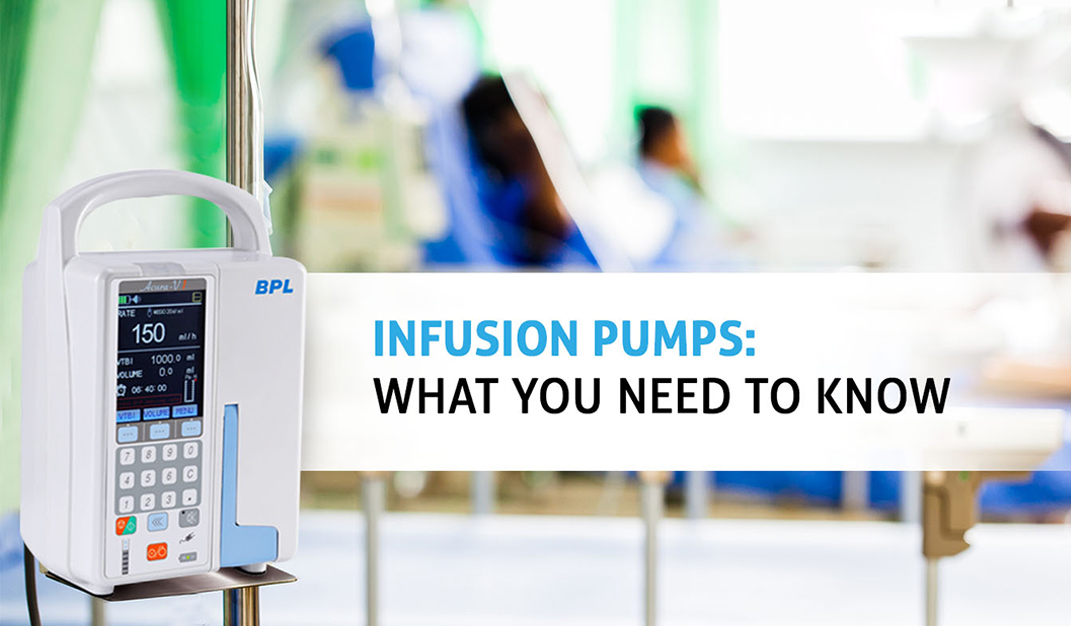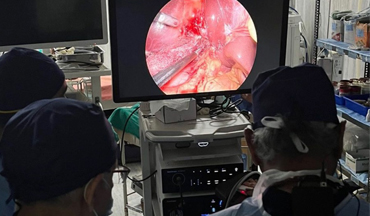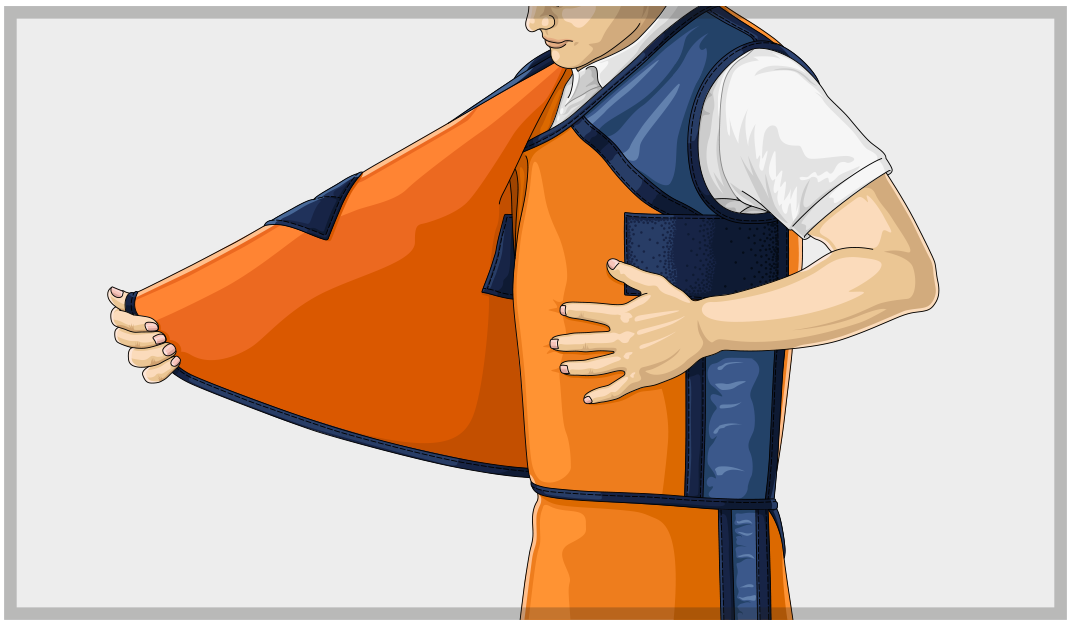Ask the Experts: The infusion pump talks to what? New challenges with IoT and connected medical devices
In the past, drug catalogs were uploaded to the infusion pump via a local server. If a nurse accidentally punched in the wrong dosage, the pump would search the catalog and upon seeing that the dosage entered was not in the spectrum, it would send an alert. Fast forward to today and the next generation of infusion pumps have interfaces into the EMR. Being connected to the patient’s electronic medical record has its advantages. When a doctor puts a prescription into a medical record, the EMR talks directly to the infusion pump to dispense the correct dosage of medicine to a patient. There is no room for human error due to programming the pump or reading the prescription. And the connections don’t stop there. Bar code scanners also come into play, which allows the clinical staff to scan the wristband of a patient and the infusion pump to associate with the patient and then the prescription is downloaded from the EMR to the infusion pump. The infusion pump is just one example of a connected medical device. ABI Research calculates that there will be 154 million connections for healthcare equipment and home and patient monitoring by 2021, up from 70 million by the end of 2016. Everything is becoming connected, and as you saw in our example, in many ways networked devices are improving the manner in which medicine is tracked, developed, sourced and distributed. In addition, medical technology can offset increasing costs, decrease medical errors, improve patient outcomes, improve access to care and deliver specialized knowledge to the bedside.
The growing presence of SonoScape MIS solutions across India
Diverse and vibrant, these are two common words that people portray India. Increasing our presence in India with passion and love, SonoScape expanded product offerings including ultrasound, endoscopy, and EUS over the last 10 years. We never slow down our path
Important Factors in the Selection of an X-ray Apron
The quality demands for X-ray protective clothing are now greater than ever. Wearing times of the protective aprons and other personal protective equipment (PPE) are extended by modern, radiologically supported procedure in diagnostics and treatment. The protection requirements differ depending on the intended use. Below you will find recommendations and advice for selecting your protective clothing in order to ensure a perfect balance of radiation protection, weight and comfort. The Right Radiation Protective Apron The lead equivalent value required for your workplace depends on the working conditions (radiation protection present on-site, X-Ray tube voltage, position in the room, etc.) and cannot be determined generally. In Germany, radiation protection commissioners monitor and supervise the measures taken to ensure adequate radiation protection in environments where ionizing radiation is used. If you have questions about radiation protection, this person is the first point of contact at your workplace. Apart from that, each person that wears a radiation protective apron should be assured that he or she is properly protected with the lead equivalent value mentioned on the radiation protective clothing in the X-ray tube voltage range that they need. To that end, always make sure that the lead equivalent value of your radiation protective clothing complies with the current standard IEC 61331-1:2014 or DIN EN 61331-1:2016. Further, you should check in which X-ray tube voltage range you work and for which range your preferred protective clothing is approved for. For example, if you only work at 80 kV – 100 kV, the lighter protective clothing made from reduced-lead / lead-free material, which is mostly tested in and approved for the 50 kV – 110 kV range, is best. On the other hand, for procedures, such as CT interventions, it is imperative that the material has been tested and approved for the entire X-ray tube voltage range from 50 kV to 150 kV. In this case, MAVIG recommends that you use pure lead or an equivalent protective material.



